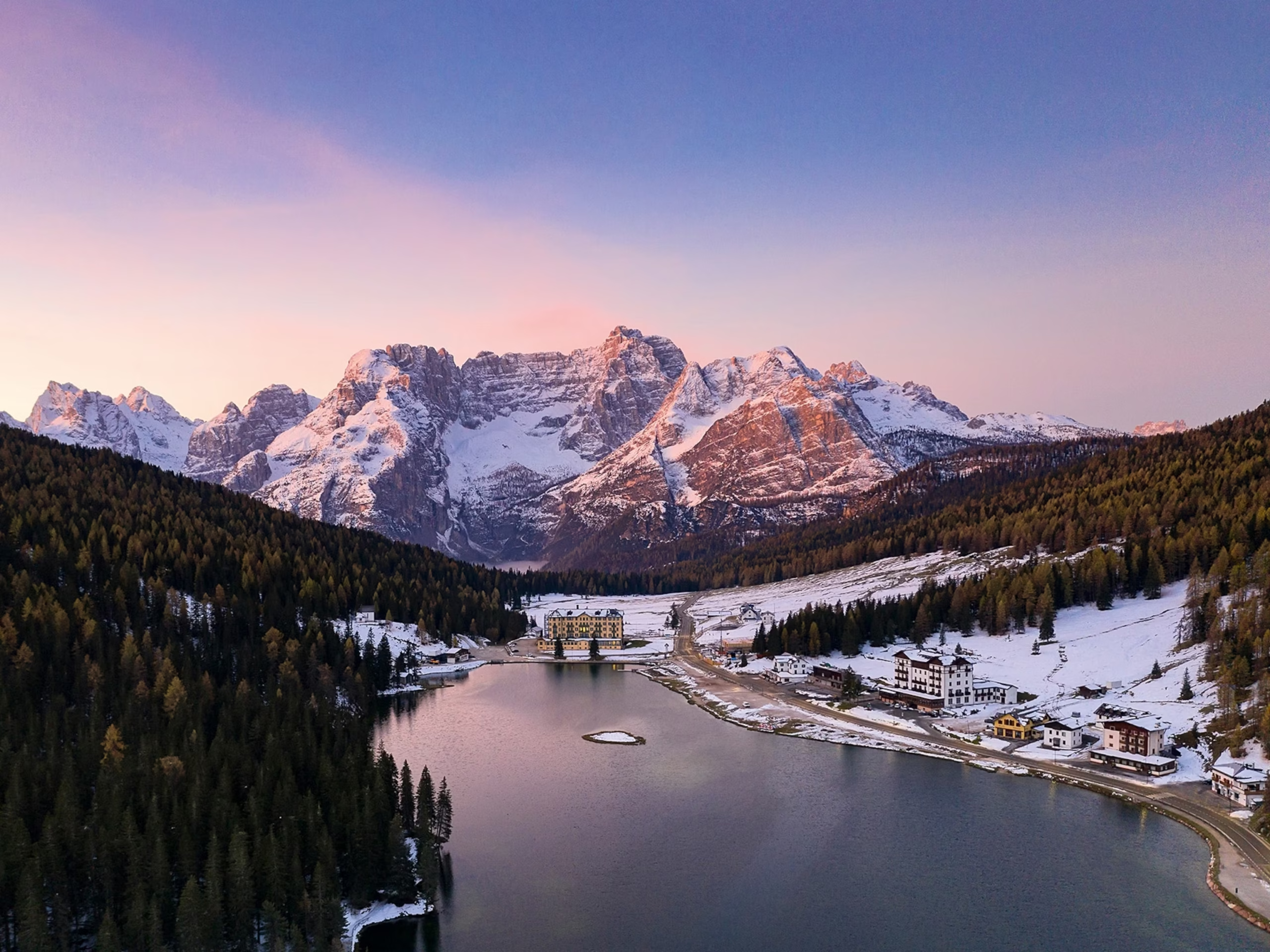Ushguli isn’t your average ski spot. You won’t spot any ski lifts, fancy après-ski bars, or luxury hotels here.
But that’s exactly what makes it so appealing to adventurous skiers and snowboarders—even landing it on National Geographic’s Best of the World travel experiences for 2024. Tucked away in Georgia’s Caucasus Mountains, Ushguli draws skiers with untouched powder and empty slopes—something that’s getting harder to find in the crowded Alps.
A skier makes their way through Ushguli, a cluster of villages in Georgia’s Upper Svaneti region, a UNESCO World Heritage site.
Yet the real magic might be what happens off the slopes: the chance to experience Ushguli’s proud, resilient culture, which has survived for centuries despite harsh weather, rough terrain, and even Soviet-era changes.
Ushguli’s History and Hospitality
In Georgia’s Svaneti region—about 250 miles northwest of Tbilisi—the medieval villages of Ushguli sit at around 7,000 feet above sea level. Mostly home to sheep farmers, it’s one of Europe’s highest settlements.
A skier carves down Lamaria Peak toward Zhibiani, one of Ushguli’s villages.
Mountain guide Lasha Pirtskhelani perches on his horse, the go-to way to get around at this altitude.
Three young girls stand together in Mestia, a town in Georgia’s Svaneti region.
Ushguli is famous for its ancient stone towers, some built as far back as the 9th century. UNESCO honors them for their cultural importance—they once served as defensive strongholds where locals would take shelter during battles, hurling stones and arrows from the high vantage points. The name “Ushguli” may come from the Georgian phrase “ushishari guli,” meaning “fearless heart.”
In Georgia, hospitality is valued even more than bravery or skill in battle. The saying “Every guest is a gift from God” says it all—welcoming visitors is deeply rooted in the culture.
Now, nearly every home in Ushguli doubles as a guesthouse, usually family-run, giving travelers a warm taste of Georgian hospitality. Guests share meals with their hosts and get a glimpse into their centuries-old way of life.
Ushguli’s villages stand out with their stone towers, some dating back to the 9th century, once used for defense during conflicts.
Tourists light candles inside Lamaria Church, built between the 9th and 10th centuries, perched on a hill above Ushguli.
Skiers make their way up Gvibari Pass in Georgia’s Svaneti region.
“I’ve seen how diving into local traditions turns a ski trip into something deeper—it’s not just about the ride down, but experiencing a whole culture,” says Beqa Phajishvili, a mountain guide and founder of the Alpine Project, which runs ski tours in Svaneti.
Skiing in Ushguli
For most visitors, the trip starts in Mestia, Svaneti’s main town. It’s smart to warm up with a few runs on nearby Hatsvali mountain before heading deeper into the region. Hatsvali treats skiers to stunning views of Ushba mountain, nicknamed the “Matterhorn of the Caucasus.”
A pig trots through the snow past an outhouse at Tetnuldi, one of Svaneti’s two modern ski resorts, near Mestia.
The ride to remote Ushguli is an adventure itself—a tough two- to two-and-a-half-hour drive, depending on weather and road conditions.
Once there, backcountry skiing is the main way to explore, though heliskiing is also an option.
“We pick a hill based on the day’s conditions, hike up—usually 900 to 1,500 meters—then ski down,” says John Crook, a British Mountain Guide who leads ski trips in Chamonix and Svaneti. “It’s nothing like resort skiing, where it’s packed. In Ushguli, you choose your mountain, your line. Nothing beats it. Once you try it, you’ll never go back to regular ski resorts.”
